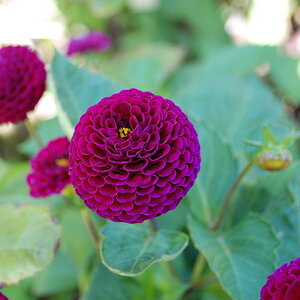RB_Photography
TPF Noob!
- Joined
- Jan 12, 2014
- Messages
- 6
- Reaction score
- 0
- Location
- Canada
- Can others edit my Photos
- Photos NOT OK to edit
Alright, so a little bit of background story to better explain what I am asking. I am a photography student shooting with a Canon 5d mkIII and a 24-105 f4 lens. If I could have some better glass I would but money is a bit of an issue right now so I have to work with what I have. I know my lens may be playing a slight part in this issue, or what I am asking.
I hope I can explain this clearly as possible.
Some of my photography teachers have been talking about how the new dSLRs are just that little bit slower than the original film cameras. Being when you press down the shutter button, some processing needs to happen before the image is captured. Obviously there is a fair amount of info being processed while that button is being held down. That processing can result in the image not quite being how the photographer may want it. I understand that pressing the shutter button down before something happens can help, such as predicting what is to come, or having the bust mode or multiple frame setting on. I also understand that certain auto-focus and other settings can make a difference.
I am wondering if its possible to speed up this process, to make it all happen a little faster. Such as turning certain settings deeper in the camera menu off so when the shutter button is pressed down, the image can be more quickly?
Any info or idea would be greatly appreciated. This is mainly out of curiosity, as in class we have discussed this a few times, and I have not much through google searching.
Thanks in advance!
I hope I can explain this clearly as possible.
Some of my photography teachers have been talking about how the new dSLRs are just that little bit slower than the original film cameras. Being when you press down the shutter button, some processing needs to happen before the image is captured. Obviously there is a fair amount of info being processed while that button is being held down. That processing can result in the image not quite being how the photographer may want it. I understand that pressing the shutter button down before something happens can help, such as predicting what is to come, or having the bust mode or multiple frame setting on. I also understand that certain auto-focus and other settings can make a difference.
I am wondering if its possible to speed up this process, to make it all happen a little faster. Such as turning certain settings deeper in the camera menu off so when the shutter button is pressed down, the image can be more quickly?
Any info or idea would be greatly appreciated. This is mainly out of curiosity, as in class we have discussed this a few times, and I have not much through google searching.
Thanks in advance!



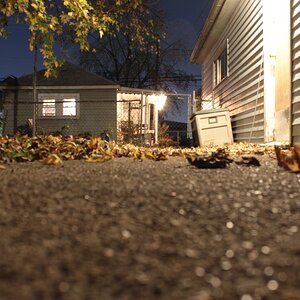
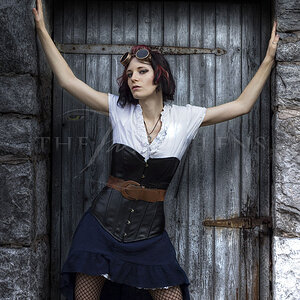

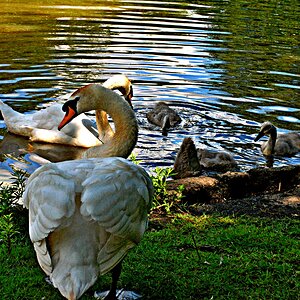
![[No title]](/data/xfmg/thumbnail/40/40293-6f5ffaecd4c1aac1ffc73bb0972aab51.jpg?1619739410)
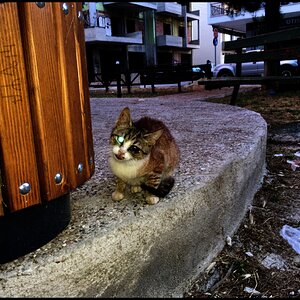

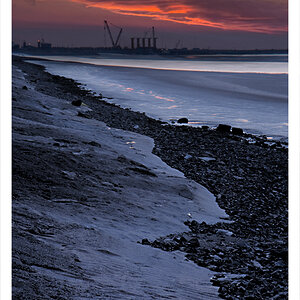
![[No title]](/data/xfmg/thumbnail/32/32926-ec27ecead8c80d803404500d8f888dbf.jpg?1619735754)
![[No title]](/data/xfmg/thumbnail/32/32929-22e23acc63d6ecb25e5ee941be87121f.jpg?1619735758)
![[No title]](/data/xfmg/thumbnail/38/38294-cb4a5aa0ded725d4c694e6eebe276f0d.jpg?1619738564)
